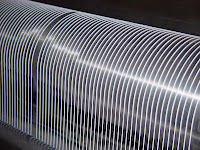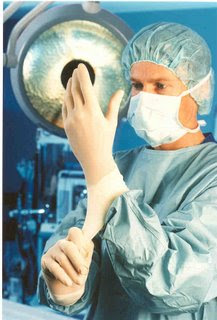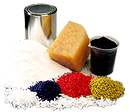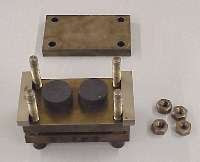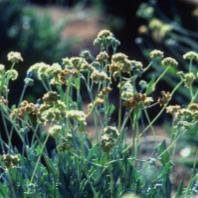Effect of Surface Tension on Wetting and Foaming of Latex
John Woon (Senior Latex Consultant): A latex system is said to have high surface free energy when it does not wet on certain surfaces such as waxes and oily coatings. As a result, the surface free energy tends to force the latex into spherical shape. The end results is that the initial thin film of latex breaks up to form smaller semi-spherical pools of liquid separated by dry areas of the substrate.
The term "wetting" is often encountered in latex technology. Some surfaces of substrates have affinity for water which creates a force (surface attractive force) greater than the surface tension of the water resulting in good "wetting" and the surface is readily coated by the water.
On the other hand, other surfaces might have a lower affinity for water but greater affinity for air. In this case, air has to be removed to overcome the initial resistance before the surface could be "wetted" by the water.
Emulsion polymerized synthetic latex depends on a soap or stabilizer system for polymerization and stability. The soap is partly absorbed onto the surface of the latex particles and partly dissolved in the water (or serum). These soaps reduce the surface tension by moving to the surface layers and hence lowering the surface free energy. Therefore latex surface tension is always lower than that of pure water.
The extent of the reduction of the surface tension depends on the amount and type of soaps in the serum.
Generally, as the surface tension reduces, wetting (i.e. wettability) improves while foaming tendency increases.
Invariably, all efficient soap systems used in polymerization would foam to a certain extent. However, by judicious choice of the soap type and level, the latex manufacturers should be able to prevent the undesirable excessive foaming.



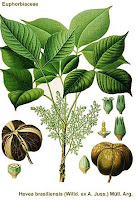

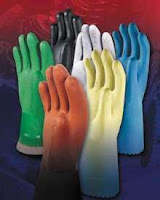




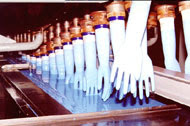





























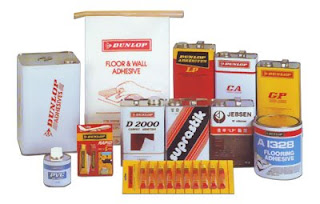
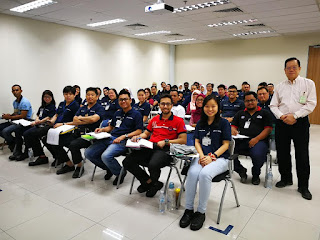

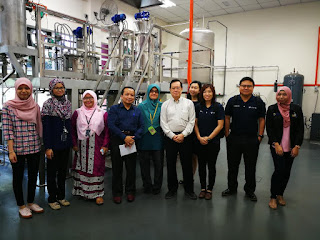






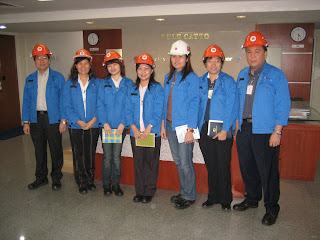
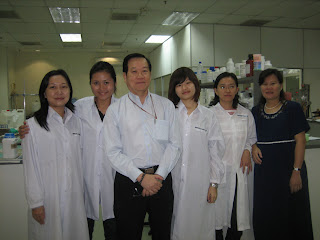
.jpg)
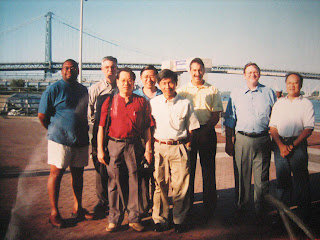.jpg)


.jpg)
.jpg)
.jpg)
.jpg)
.jpg)
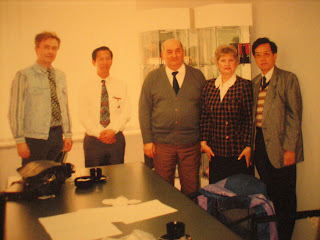.jpg)
.jpg)
.jpg)
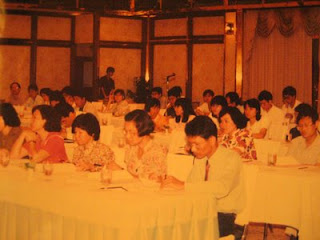.jpg)
.jpg)
.jpg)
.jpg)
.jpg)
.jpg)
.jpg)
.jpg)
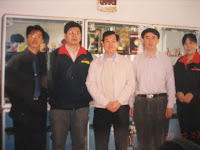.jpg)
.jpg)






